Historical Background
Paphos has been a major port city on the island of Cyprus since before Alexander the Great. Alexander's successors, the Ptolemies (Hellenistic rulers of Egypt), designated Paphos to be the capital city of Cyprus and it continued to thrive and grow as a vital trade route with Alexandria in Egypt. Paphos has a long history but part of its unique heritage is the legend of Aphrodite. According to Greek mythology, somewhere along the shores of Paphos was the alledged birth place of the goddess. There is a landmark dedicated as the place of her emergence from the sea. It has unusually rugged rocks jetting out from the water. These rocks reside near the modern city of Kouklia have been called “Aphrodite Rocks.”To be clear, there are actually 2 sites that bear the name Paphos on Cyprus. The original settlement is called Palea (Ancient) Paphos and it is located at the modern city of Kouklia 9 miles to the east of Nea (New) Paphos. In the year 321 B.C. the last king of Cyprus (King Nikokles) decided to move the city to its present location on the south-western tip of the island.
After the Romans conquered Cyprus in 58 B.C. Paphos continued to be the governing seat for the province. The Roman delegate Cicero is known to have served in Paphos as Cyprus' proconsul for 2 years and Sergius Paulus as well. Under Roman rule the city became a booming cultural hub with easy access from Italy, Greece, Turkey (Asia Minor), and Africa. The success of the city reached its apex in the 3rd century A.D. as evidence by the quantity of ornate tombs and buildings discovered from that period. However, in the early part of the 4th century A.D. sever earthquakes destroyed much of Paphos. The city was rebuilt but it never regained its prominence in the region. It can be mentioned that at the Council of Nicea in 325 A.D. one of the attending bishops (Cyril) was from the city of Paphos on Cyprus. So that indicates that there still was a strong Christian community functioning in the early 4th century A.D.
Archaeological Significance
Among the splendor of the ancient ruins at Paphos, is the theater which dates to the 3rd century B.C., the odeion from the early 2nd century B.C., as well as the Asclepieion and the Agora. However, the jewel of Paphos is most certainly the elegant and extensive mosaics that line the floors of several Roman villas near the town center. These mosaics are dated in the early 2nd century A.D. and most certainly belonged to very eminent and wealthy individuals in the city. The mosaics have been well preserved and largely intact. The most impressive is found in what is known as “The House of Dionysius” because the god Dionysius is the central figure depicted in the mosaics. Two other villas are worthy of note: “The House of Aion” and “The House of Theseus”. Specifically, the House of Theseus is the largest Roman building discovered on Cyprus, measuring 120 x 80 meters (393.7 x 262.5 ft.).
WHEN DARKNESS DOESN'T HIDE...
Biblical Significance
On his first itinerant mission, as recorded in Acts 13:6-12, the Apostle Paul (along with his companions Barnabas and John Mark) journeyed to Cyprus and visited the city of Paphos. In the 1st-century A.D. when Paul and his fellow-preachers reached Paphos, it would have been a very affluent, bustling port city with many decorated facilities and distinguished citizens. Sometime after their arrival, Paul, Barnabas, and Mark met a Jewish pseudo-prophet/magician named Bar-Jesus (Aramaic name meaning son of Jesus/Joseph). He was also called Elymas (Aramaic name meaning “wise”), and verse 8 states that the name Elymas means “sorcerer”. But the exact meaning is uncertain. The ruling governor at the time was Sergius Paulus, who is noted for his modesty and discretion and being an intelligent man. Upon hearing of the preaching of Paul and his colleagues, Sergius summoned them to appear before him so he might know the nature of their message. However, before Paul and the others had arrived at Paphos, Elymas the false prophet had become closely affiliated with the governor as his attendant, and so when Paul and Barnabas were asked to appear before Sergius, Elymas saw to it that he was present in the meeting.
As Paul and Barnabas were speaking to Sergius, Elymas continually interfered and tried very hard to dissuade the governor from paying any attention to the words of the preachers. Elymas was intentionally working to prevent the governor from believing the message of the gospel. At one point in the meeting Paul (not Barnabas), being filled with the power of the spirit, turned aside to address this nuisance because it was impeding his mission. Thus, looking directly at Elymas in probably the most stern, bone-crushing expression on his face Paul said, “You son of the devil, full of every sort of deceit and fraud, and enemy of all that is good! Will you never stop perverting the true ways of the Lord? Watch now, for the Lord has laid his hand of punishment upon you, and you will be struck blind. You will not see the sunlight for some time” (vv. 10-11a). Elymas instantly was blinded and could not see where he was going. He groped around and begged for someone to help lead him by the hand. This miracle did not just eliminate the competition, it actually served to promote the gospel message that Paul and Barnabas were preaching! This act impressed Sergius for he was astonished at the demonstration of power and the teaching of the Lord that Paul and Barnabas conveyed to him. From this single experience, Sergius decided to believe the gospel and put his faith in this Messiah named Jesus.
The conversion of Sergius is quite a notable feat for the mission of spreading the gospel. Sergius Paulus was a Roman citizen and a high-ranking government official. His political influence and rapport marked a major beginning to the penetration of the Christian faith into the Roman administration. His conversion testimony would certainly not be one people would easily dismiss. Thus, at the end of that meeting Paul and Barnabas had dealt with a wicked servant of darkness and brought eternal life and a positive view of the Christian faith to a curious Roman official who must have had a hunger to know this gospel message about a man named Jesus. Furthermore, the faith of Sergius Paulus may be one of the crucial elements that enabled the Christian community to persist and grow over the following centuries. Whatever the effect of Paul and Barnabas' preaching, they performed a good work and defeated a worker of iniquity all to the glory of Lord.
In the end, after some time Paul and his co-workers left Paphos and then sailed to Perga in Asia Minor (Turkey) to continue their missionary efforts.

















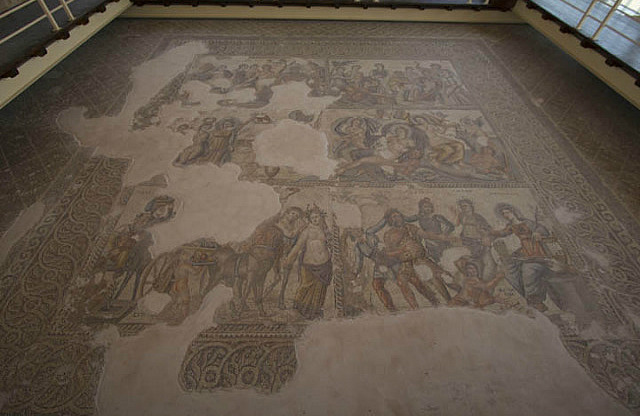
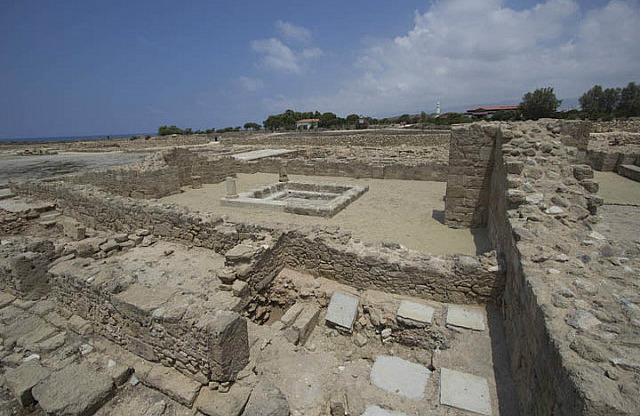
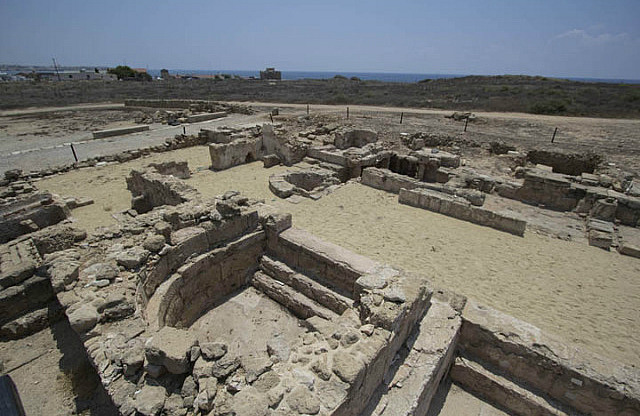
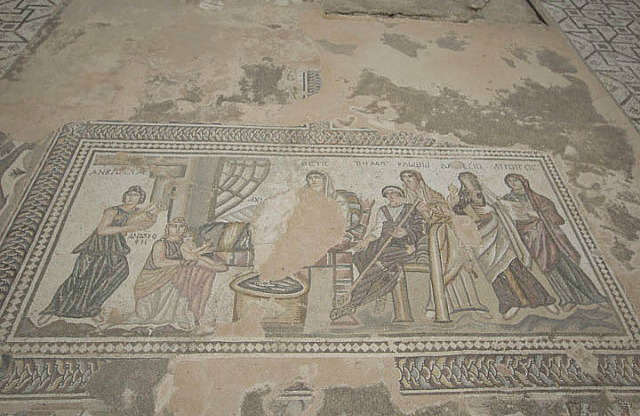
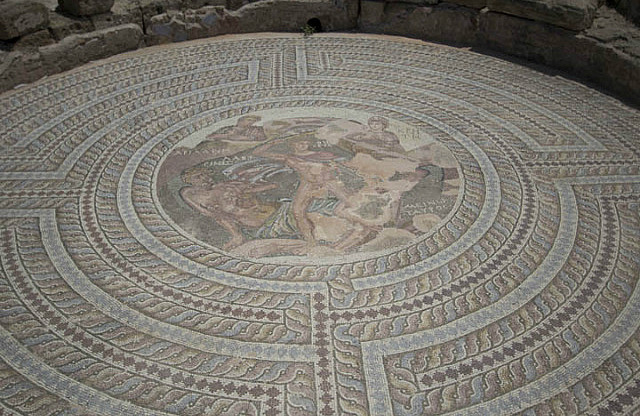
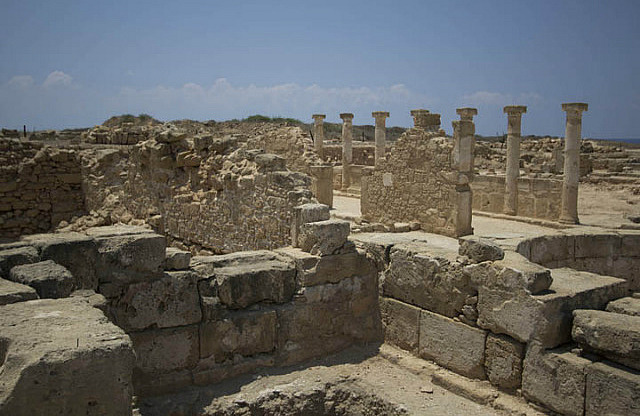
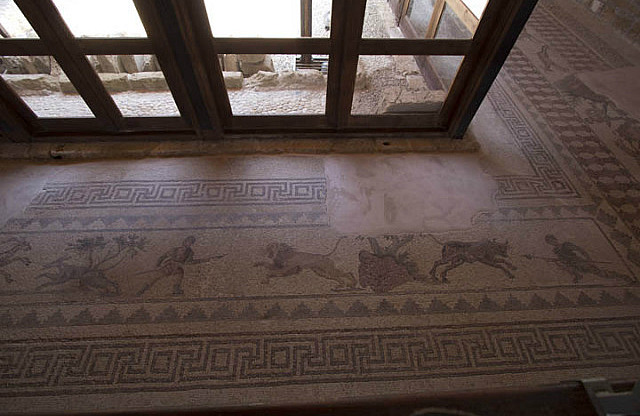
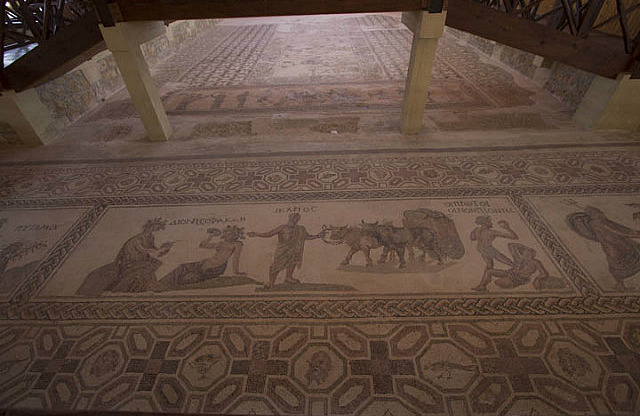
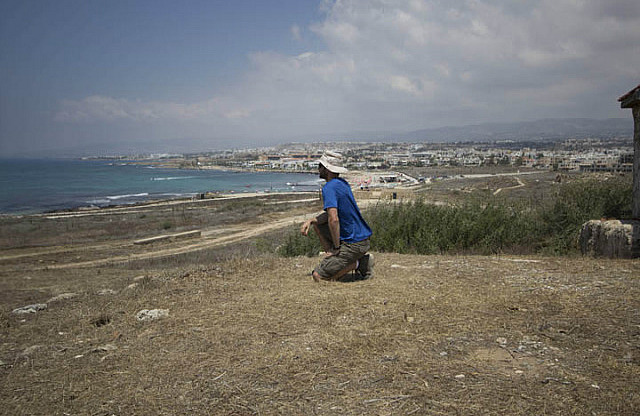
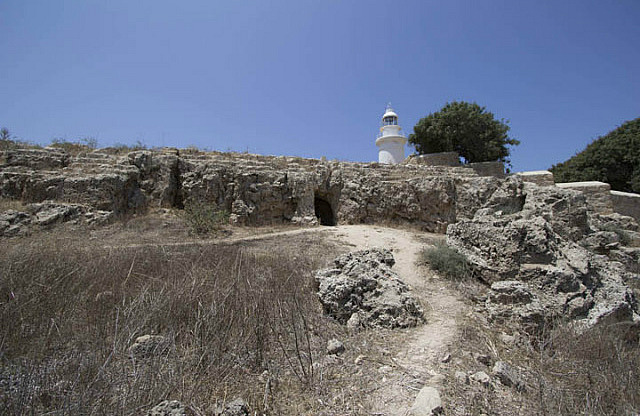
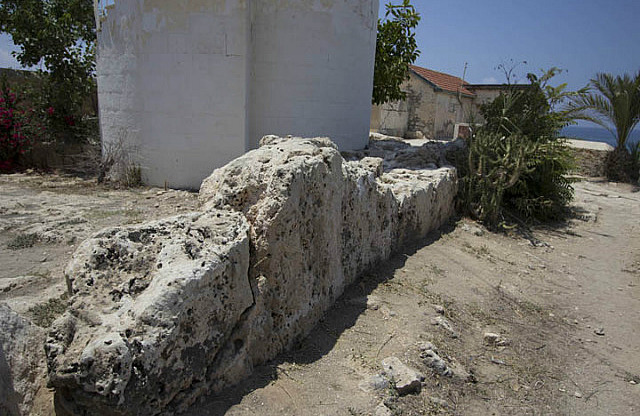
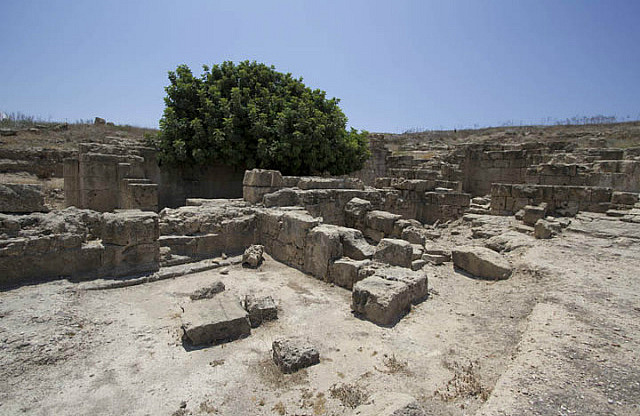
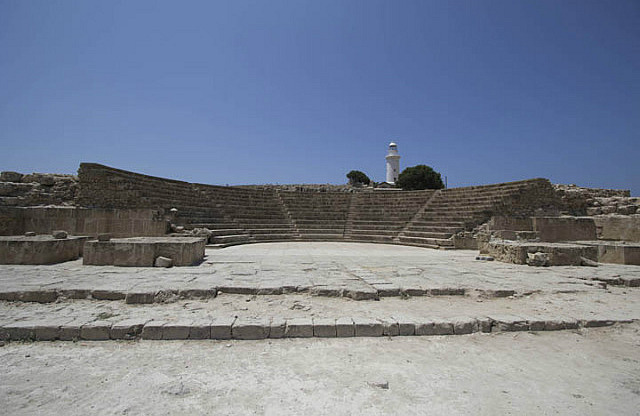
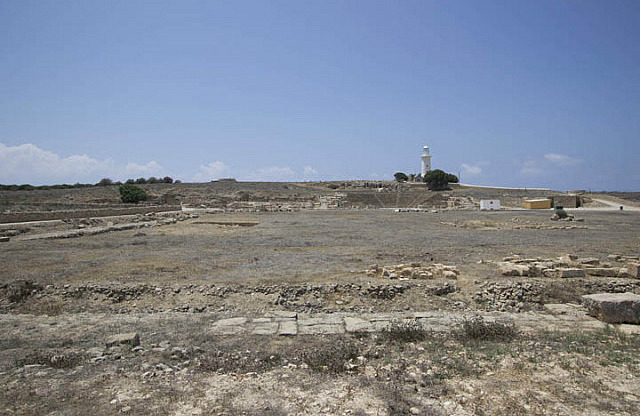
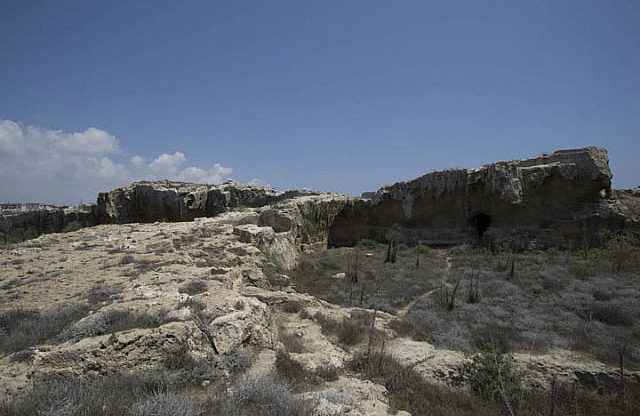
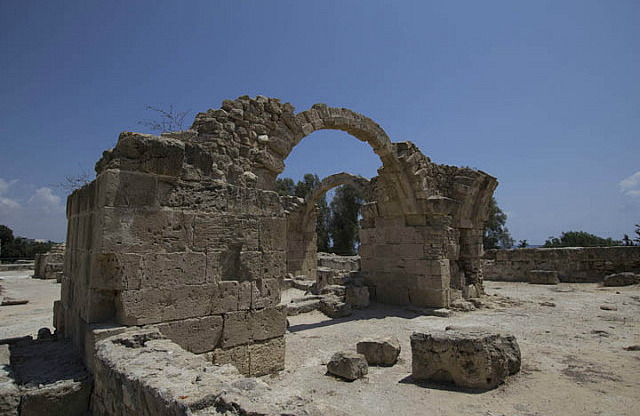
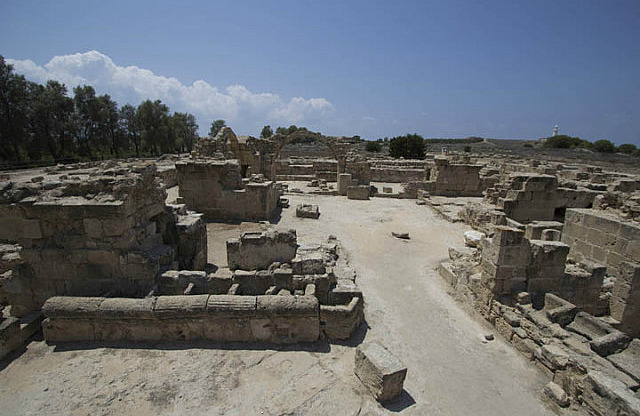
Comments